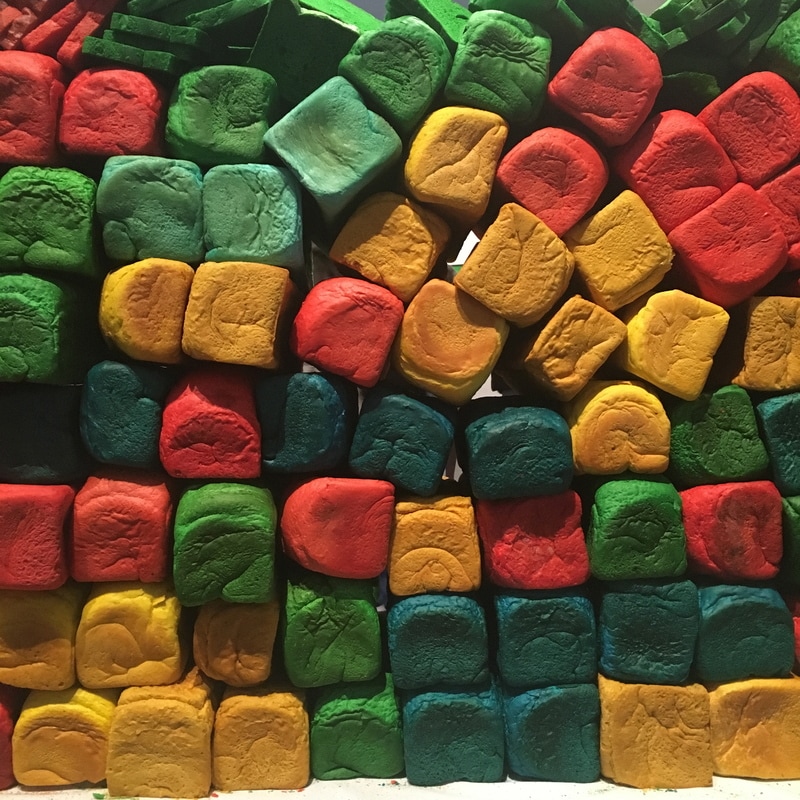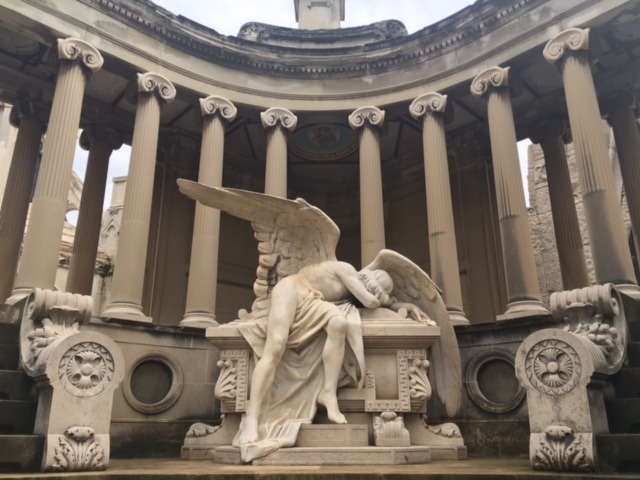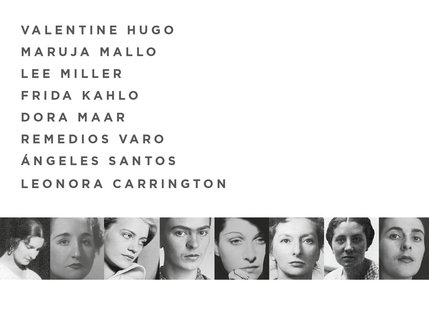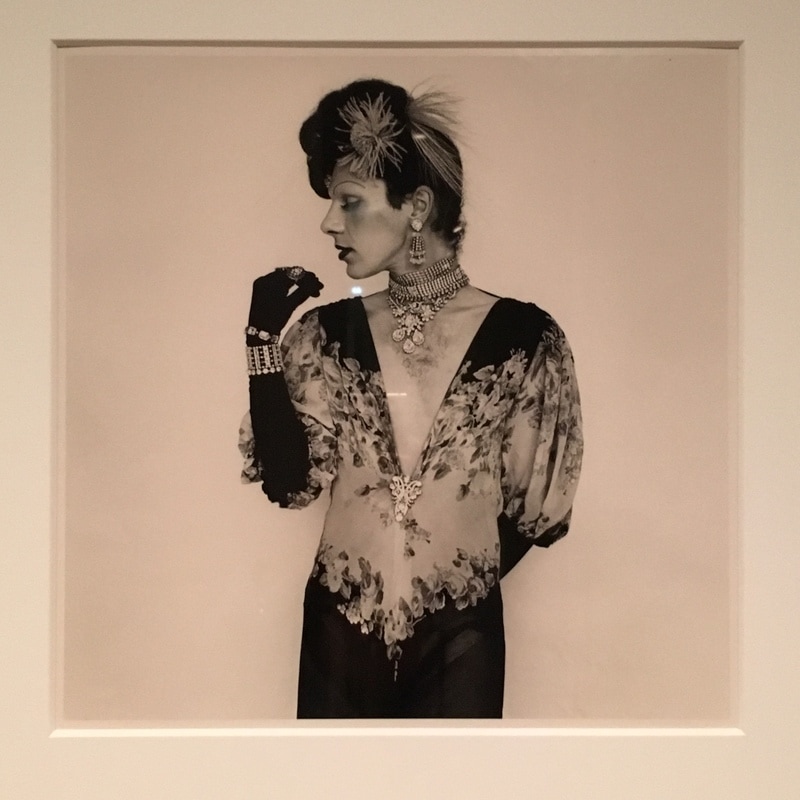Published on http://artmag.saatchigallery.com/miraldas-stateside-perceptions/ on February 22, 2017
If there’s one lesson to learn from travelling abroad, it’s the fact that all of us are the product of one culture or another, the product of specific national histories, ways of thinking and behaving heavily determined by where we have lived much of our lives.
When artists in particular travel, they take with them a baggage train of personal truths and beliefs and often apply them to their perspective of the new place they are visiting and experiencing.
So did Antoni Miralda, born in Terrassa, Spain in 1942, who is currently enjoying a solo exhibition at MACBA (the Museu d’Art Contemporani de Barcelona) until April 2017. MIRALDA MADEINUSAis curated by Vincent Todolí and was developed by the institution in close collaboration with the artist. The show documents the projects Miralda completed in the States from 1972 until the late 1990’s; photographs, installations, sculptures, drawings and manipulations made of all sorts of materials.
In the ’70s Miralda moved to New York City where he gave his life away to performances and happenings involving loads of people. Sangría 228 West B’Way was a march of sorts against property speculation organised in collaboration with the neighbours and shopkeepers of the Big Apple’s Ninth Avenue. In Houston in 1977, he presented his quite literal Breadline (currently re-created inside MACBA’s display) and later took Wheat and Steak to Kansas City in 1981, another epic and unsettling food parade.
Following these events, from 1984-1986, Miralda established and artistic and social experiment called International Tapas Bar and Restaurant, also currently reincarnated with offerings of cocktails and sharing plates reflecting the original menu on Fridays and Saturdays through the run of the exhibition.
During the late ’80s the artist pieced together his Honeymoon Project, a work representing the symbolic wedding of the Statue of Liberty and the Columbus Monument in Barcelona (the two famed public sculptures do in fact lie on the same latitude, and are thus, it’s nice to think, in love).
And finally there’s Miralda’s Santa Comida, holy food, perhaps the most interesting and open installation in the whole show. Afro-Caribbean culture is picked apart, its icons, patterns and miscellaneous artifacts have been placed in the chapel outside the Meier Building, where everybody, taking their shoes off, walks on a wonderful rug made of many hues and images.
Food culture (www.foodcultura.org/) is easily named one of the main themes in Miralda’s body of work, but it’s not the most important component. The participatory nature of his projects, his general attitude towards life and its relationships and colours, the irony always heavy in his sentiments, such are the elements that leave the viewer fascinated and pleased to witness such diversified examples of one man’s vocation now gathered together.




 RSS Feed
RSS Feed
